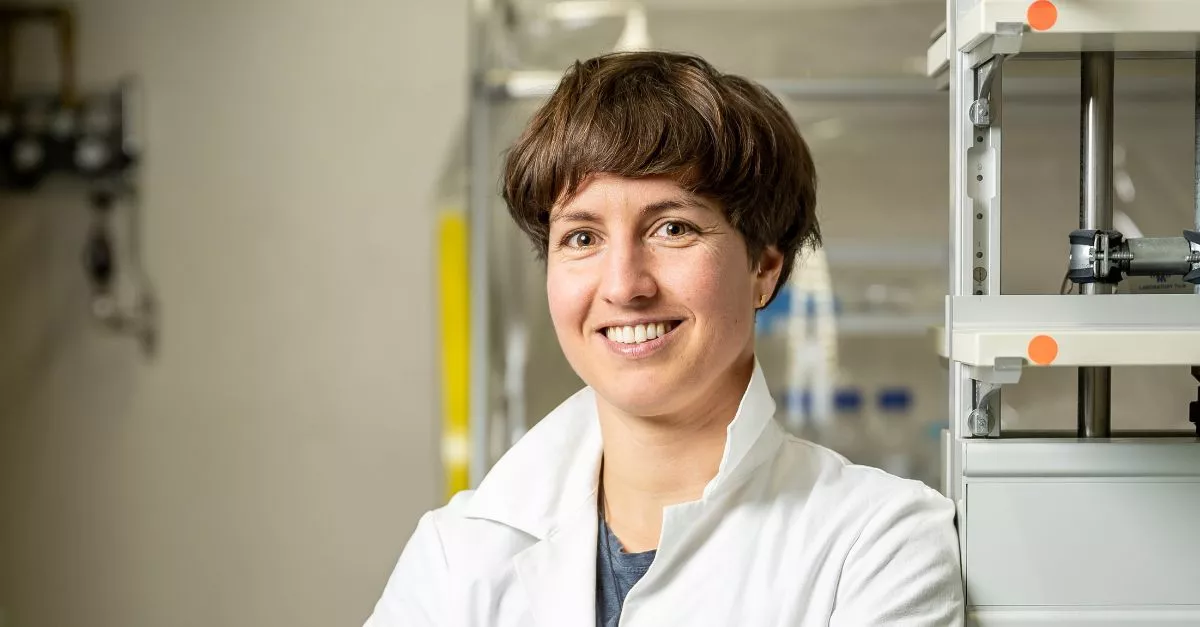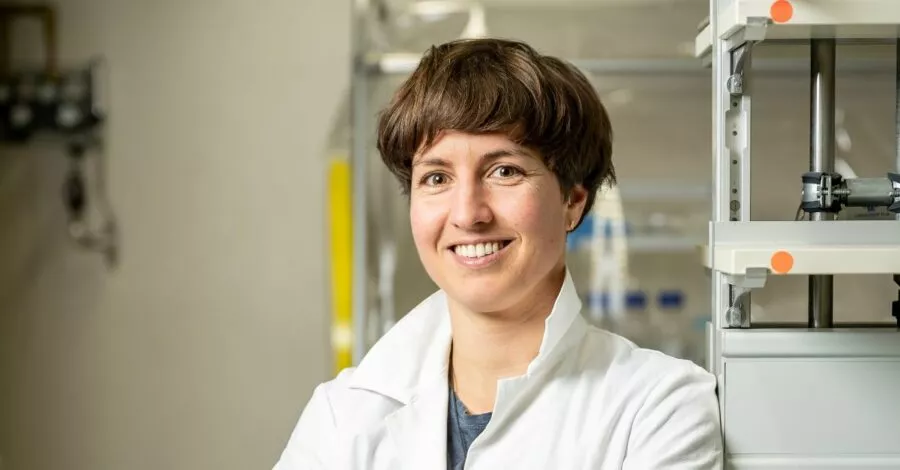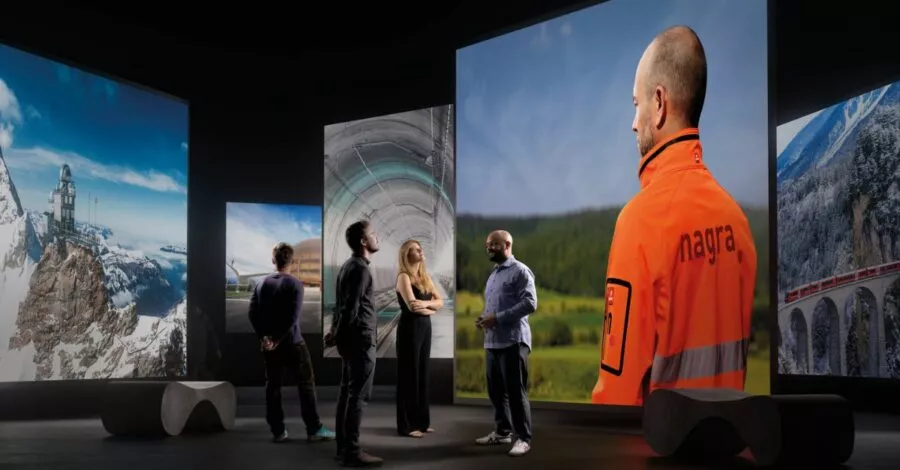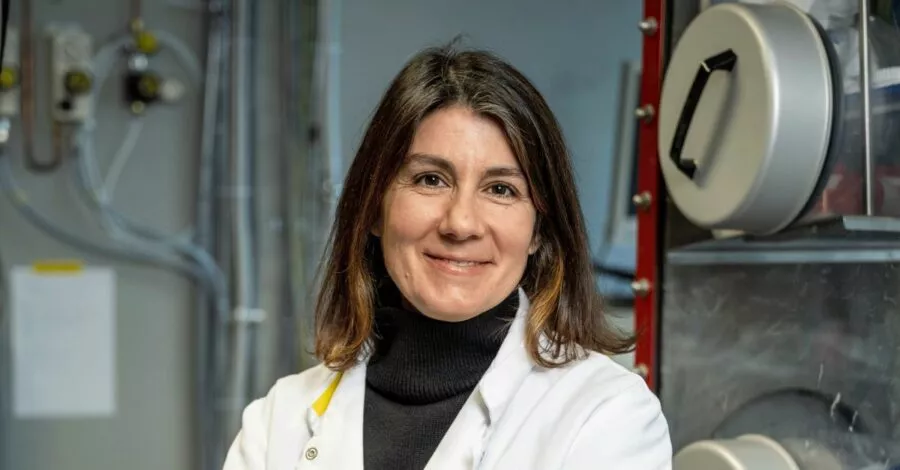
For the nine deep boreholes and the subsequent analysis of the drill cores, Nagra can rely on extensive know-how from Switzerland and abroad. Here we present scientists whose expertise contributes to the success of the project of the century of deep geological disposal. Today, we will speak with:
Carmen Zwahlen, geochemist at the University of Bern
Carmen Zwahlen has been working as a post-doc at the University of Bern for three years. She studied geology at the Swiss Federal Institute of Technology Zürich and then went to England to obtain her doctorate on gas-water-rock interactions. She then analysed groundwater samples in Sweden before returning to Switzerland to work at the University of Bern. There, she deals with issues relating to porewater in rocks and its chemical composition. From this, it is possible to deduce the history of the groundwater.

What exactly do you investigate in your laboratory?
We investigate the porewater, i.e. the water contained in the rock. We determine the chemical composition of this water. We also look at the history of the groundwater and how it evolves. This work isof key importance to Nagra, as it forms the basis for the safety assessment.
Analysing drill cores sounds rather dull to a layperson. How would you describe this work?
There are many different methods. At the drill site, the drill cores are immediately vacuum-sealed to make sure that nothing can evaporate. We then take these cores to the laboratory where we conduct different experiments. We remove the rim of the drill core because the porewater there has already evaporated and has also been impacted by drilling fluid. In contrast, the porewater inside the core has been preserved in its original state.
There are also more elaborate methods such as injecting synthetic water into the drill core. This forces out the porewater, which we can then measure. Or we can force out the porewater by compressing the drill core very strongly. We sent a few drill cores to Japan for this purpose because the Japanese have a special device that is capable of doing just that.
“I am lucky: my work plays a key role in this socially relevant issue."
Carmen Zwahlen, geochemist at the University of Bern
How much water are we talking about?
The Opalinus Clay has a water content of around four and a half percent. In an eight-centimetre-long drill core, that amounts to around 50 millilitres. Clay rocks tend to contain a lot of water, calcareous rocks considerably less.
What fascinates you most about your work?
I really enjoy researching socially relevant issues. What motivates me is that we work in a team of twelve, and the wealth of data is very large. Neither can be taken for granted. I am therefore very lucky to have this job. These jobs are rare, and you have to have specific qualifications and be in the right place at the right time. In Switzerland, we are actually the only group working on this issue.
Do you notice anything of this socially relevant issue in your everyday life?
Yes, because I have often been asked in my private life whether we have enough information for the siting proposal. I then always reply that many of the people who decided to introduce nuclear power are no longer alive. We are one of the last generations to still benefit from this form of energy. Those who come after us will only be left with the legacy wasteand this is currently stored at the surface. Therefore, we cannot shift these problems into the future and burden our descendants with them.
Similar articles
What does Switzerland think about the deep geological repository?
Switzerland is confident that it can realise the project of the century of deep geological disposal. A recent, representative survey shows that acceptance is high across the whole of Switzerland and in the affected region.



